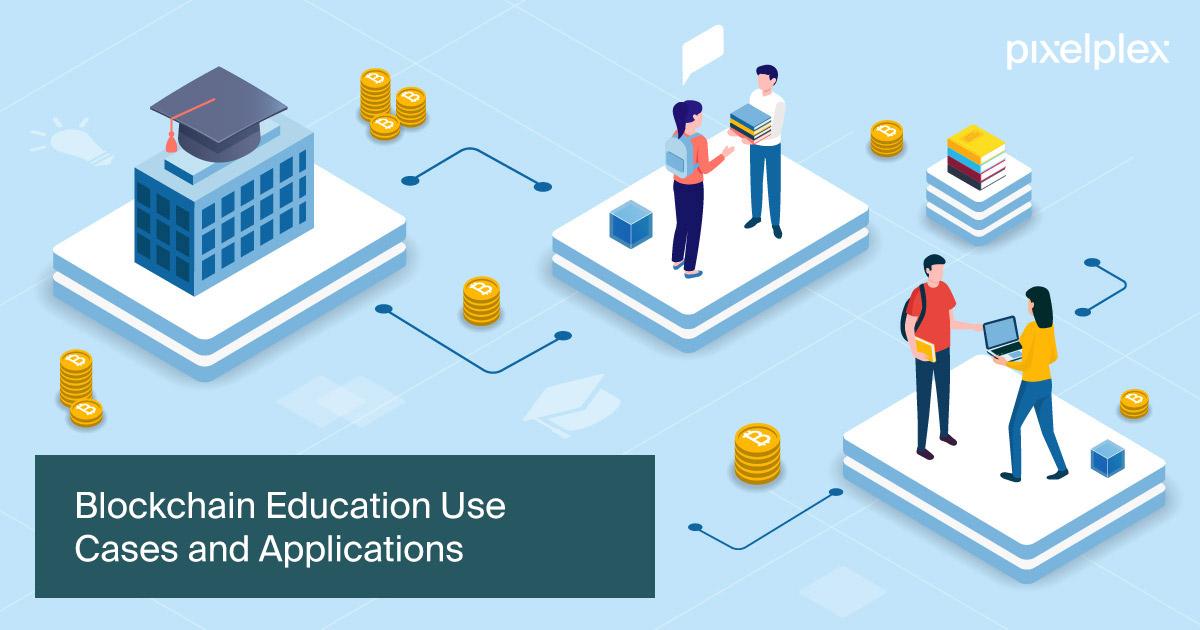How Blockchain Is Transforming Higher Education: Real-World Case Studies
Blockchain technology is rapidly emerging as a game-changer in higher education. By offering new levels of data security, openness, and efficiency, blockchain is reshaping traditional academic processes. In this article, we’ll unpack the transformative impact of blockchain in higher education, explore real-world case studies, uncover key benefits, and provide practical implementation tips for institutions considering this innovative technology.
What Is Blockchain and Why Is It Relevant in Higher Education?
Blockchain is a decentralized digital ledger that records transactions securely across multiple computers, making it nearly tamper-proof. In higher education, this technology has complex and far-reaching applications, including secure academic credentialing, reducing administrative costs, safeguarding intellectual property, and verifying student identities.
- Data Security: Student records are securely stored, eliminating risks of data breaches or forgery.
- Transparency: The immutable nature of blockchain ensures that academic credentials are authentic and easily verified.
- efficiency: Streamlining processes such as degree verification, transfers, and admissions.
Keywords: blockchain in higher education, academic credentialing, blockchain technology for colleges, secure student records
Key Benefits of blockchain in higher Education
The adoption of blockchain technology in higher education comes with a spectrum of benefits:
1. Enhanced Credential Verification
-
Blockchain-based digital diplomas and certificates allow employers and institutions to instantly verify credentials, reducing fraud and wait times.
-
students have lifelong,secure access to their academic achievements.
2. Safe and Efficient Student Data Management
-
Student records, including grades, coursework, and financial transactions, are securely stored and easily accessible.
-
Only authorized parties can access sensitive data, ensuring compliance with privacy regulations.
3. Empowering Student Mobility
-
Blockchain supports the seamless transfer of credits between institutions, encouraging cross-border education.
-
Simplifies the admissions and recognition process for international students.
4. Protecting Intellectual Property
-
Students and researchers can record ownership of their research, assignments, and creative works, reducing plagiarism and recognizing innovation.
5. Streamlining Administrative Processes
-
Automating routine processes such as course registration, fee payments, and transcript generation lowers costs and boosts efficiency.
Real-World Case Studies: Blockchain in Action
Let’s dive into several impactful case studies highlighting how blockchain technology is transforming universities and colleges worldwide.
1. MIT Media Lab – Digital Diplomas
-
The Massachusetts Institute of Technology (MIT) Media Lab piloted “Digital diplomas,” where graduates received blockchain-stored credentials.
-
Students could share their diplomas with employers directly using secure digital links, speeding up the hiring process and preventing credential fraud.
2. University of Melbourne – Blockcerts Implementation
-
In Australia, the University of Melbourne adopted the Blockcerts platform to issue blockchain-based academic certificates.
-
Graduates instantly received digital certificates, drastically improving credential verifiability and reducing reliance on paper documents.
3. Holberton school – Obvious Student Records
-
The Holberton School uses blockchain technology to store student records and achievements.
-
The platform encourages employer trust and facilitates global recognition of students’ skills.
4. ECPI University – Identity Verification
- ECPI University leverages blockchain to create secure, digital student IDs for remote learning and campus access.
-
Ensures student privacy and streamlines access to educational services.
5.Sony Global Education – Skill Assessment Platforms
- Sony Global Education developed a blockchain system to validate and record knowledge and skills for lifelong learners.
-
Learners can securely share their skill profiles with employers or academic institutions worldwide.
These case studies in blockchain for higher education are just the beginning. Universities worldwide are exploring additional uses, from research management to financial aid disbursement.
Firsthand Experiences: Voices from Institutions and Students
“With blockchain certificates, verifying my MIT diploma during job applications was instantaneous. It gave me peace of mind and a competitive edge,” — Emma Williams, MIT Graduate
“Blockchain-enabled student records have simplified our admissions process. We can now authenticate international transcripts in seconds, not weeks.” — Dr. Lucas Smith, University Admissions Director
Institutions implementing blockchain in higher education report meaningful improvements in operational efficiency, reduced fraud, and positive feedback from students and alumni.
Practical Tips for Colleges and Universities Considering Blockchain
- Start Small: Pilot blockchain projects with specific administrative tasks (e.g., credentialing, transcript verification).
- Collaborate: Partner with tech providers specializing in blockchain for education and other universities for shared best practices.
- Training: Invest in blockchain literacy among IT staff, faculty, and students.
- Compliance: Ensure blockchain initiatives align with data privacy laws (FERPA, GDPR).
- Scalability: plan for growth by choosing flexible blockchain platforms capable of expanding services.
- Feedback: Collect regular feedback from users for continuous betterment.
Challenges and Considerations
While blockchain offers numerous advantages, adopting it in higher education also brings challenges:
- Integration Complexity: Aligning legacy systems with blockchain infrastructure can be resource-intensive.
- Regulatory Hurdles: Navigating data privacy and compliance across jurisdictions is critical.
- Costs: While some solutions are affordable, large-scale implementations may require significant investment.
- User Adoption: Transitioning students, faculty, and administrators to new systems demands robust change management.
Addressing these challenges involves strategic planning, ongoing education, and a phased approach to blockchain implementation in higher education.
Conclusion: Forging the Future of Higher Education with Blockchain
The blockchain revolution in higher education is underway. From secure credentialing to streamlined student services and innovative learning platforms, blockchain technology promises transparency, trust, and efficiency. Real-world success stories from institutions like MIT, University of Melbourne, and Holberton school are motivating more colleges and universities to explore this digital frontier.
As with any tech breakthrough, thoughtful implementation, collaboration, and ongoing adaptation are keys to success. By embracing blockchain, higher education can drive innovation, nurture lifelong learners, and cultivate trust in an increasingly digital world.
Ready to learn more? Stay tuned for the latest updates on blockchain applications for higher education. Join the conversation, share experiences, and explore how this technology can advance your institution’s mission!

